Galactic Ghouls And Stellar Screams
Galactic Ghouls and Stellar Screams
A quiet, starry night sky might not seem like a very spooky spectacle, but space can be a creepy place! Monsters lurk in the shadowy depths of the universe, sometimes hidden in plain sight. Many of them are invisible to our eyes, so we have to use special telescopes to see them. Read on to discover some of these strange cosmic beasts, but beware — sometimes fact is scarier than fiction.
Monster Black Holes ⚫

You know those nightmares where no matter how fast you try to run you never seem to get anywhere? Black holes are a sinister possible version of that dream — especially because they’re real! If you get too close to a black hole, there is no possibility of escape.
Just last year our Fermi Gamma-ray Space Telescope traced an otherworldly ghost particle back to one of these monster black holes, providing additional insight into the many signals we’re picking up from some of the most feared creatures in the cosmic deep.
But it gets worse. Our Hubble Space Telescope revealed that these things are hidden in the hearts of nearly every galaxy in the universe. That means supermassive black holes lurk in the shadows of the night sky in every direction you look!
A Hazy Specter 👻

This fiendish specter lives in the center of the Milky Way, haunting our galaxy’s supermassive black hole. But it’s not as scary as it looks! Our SOFIA observatory captured streamlines tracing a magnetic field that appears to be luring most of the material quietly into orbit around the black hole. In other galaxies, magnetic fields seem to be feeding material into hungry black holes — beware! Magnetic fields might be the answer to why some black holes are starving while others are feasting.
Bats in the Belfry 🦇

The universe has bats in the attic! Hubble spotted the shadow of a giant cosmic bat in the Serpens Nebula. Newborn stars like the one at the center of the bat, called HBC 672, are surrounded by disks of material, which are hard to study directly. The shadows they cast, like the bat, can clue scientists in on things like the disk’s size and density. Our solar system formed from the same type of disk of material, but we can only see the end result of planet building here — we want to learn more about the process!
Jack-o-lantern Sun 🎃

A jack-o-lantern in space?! Our Solar Dynamics Observatory watches the Sun at all times, keeping a close eye on space weather. In October 2014, the observatory captured a chilling image of the Sun with a Halloweenish face!
Skull Comet 💀

On Halloween a few years ago, an eerie-looking object known as 2015 TB145 sped across the night sky. Scientists observing it with our Infrared Telescope Facility determined that it was most likely a dead comet. It’s important to study objects like comets and asteroids because they’re dangerous if they cross Earth’s path — just ask the dinosaurs!
Halloween Treat 🍬

Trick-or-treat! Add a piece of glowing cosmic candy to your Halloween haul, courtesy of Hubble! This image shows the Saturn Nebula, formed from the outer layers ejected by a dying star, destined to be recycled into later generations of stars and planets. Our Sun will experience a similar fate in around five billion years.
Witch’s Broom Nebula 🧹

Massive stars are in for a more fiery fate, as the Witch’s Broom Nebula shows. Hubble’s close-up look reveals wisps of gas — shrapnel leftover from a supernova explosion. Astronomers believe that a couple of supernovae occur each century in galaxies like our own Milky Way.
Zombie Stars 🧟

Supernovae usually herald the death of a star, but on a few occasions astronomers have found “zombie stars” left behind after unusually weak supernovae. Our Nuclear Spectroscopic Telescope Array (NuSTAR) has even spotted a mysterious glow of high-energy X-rays that could be the “howls” of dead stars as they feed on their neighbors.
Intergalactic Ghost Towns 🏚️

The universe is brimming with galaxies, but it’s also speckled with some enormous empty pockets of space, too. These giant ghost towns, called voids, may be some of the largest things in the cosmos, and since the universe is expanding, galaxies are racing even farther away from each other all the time! Be grateful for your place in space — the shadowy patches of the universe are dreadful lonely scenes.
Mysterious Invisible Force 🕵️♀️

Some forces are a lot spookier than floorboards creaking or a door slamming shut unexpectedly when you’re home alone. Dark energy is a mysterious antigravity pressure that our Wide Field Infrared Survey Telescope (WFIRST) is going to help us understand. All we know so far is that it’s present everywhere in the cosmos (even in the room with you as you read this) and it controls the fate of the universe, but WFIRST will study hundreds of millions of galaxies to figure out just what dark energy is up to.
Want to learn some fun ways to celebrate Halloween in (NASA) style? Check out this link!
Make sure to follow us on Tumblr for your regular dose of space: http://nasa.tumblr.com
More Posts from Ocrim1967 and Others
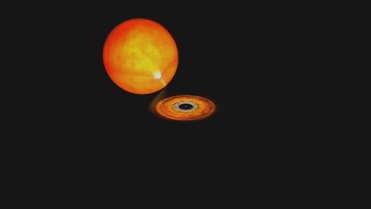

Millisecond Pulsar with Magnetic Field Structure
A pulsar is a rapidly rotating neutron star that emits pulses of radiation (such as X-rays and radio waves) at regular intervals. A millisecond pulsar is one with a rotational period between 1 and 10 milliseconds, or from 60,000 to 6,000 revolutions per minute. Pulsars form in supernova explosions, but even newborn pulsars don’t spin at millisecond speeds, and they gradually slow down with age. If, however, a pulsar is a member of a binary system with a normal star, gas transferred from the companion can spin up an old, slow pulsar to the millisecond range.
Credit: NASA, Dana Berry: Lead Animator Michael McClare (HTSI)





Study Tips Based on Your Hogwarts House
Just finished rewatching all 8 of the Harry Potter films last week… and I thought why not make my first graphic related to it? So, here’s study tips for each of the Hogwarts houses! I know some of these doesn’t apply to everyone, but I had really fun time making this :) Hope this helps!


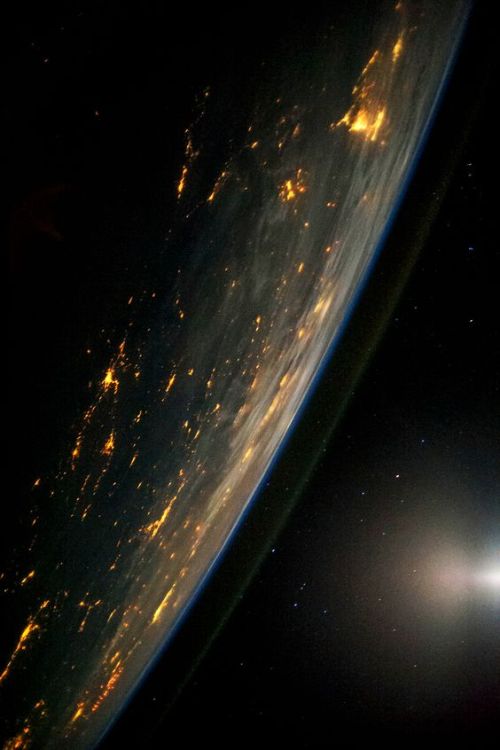
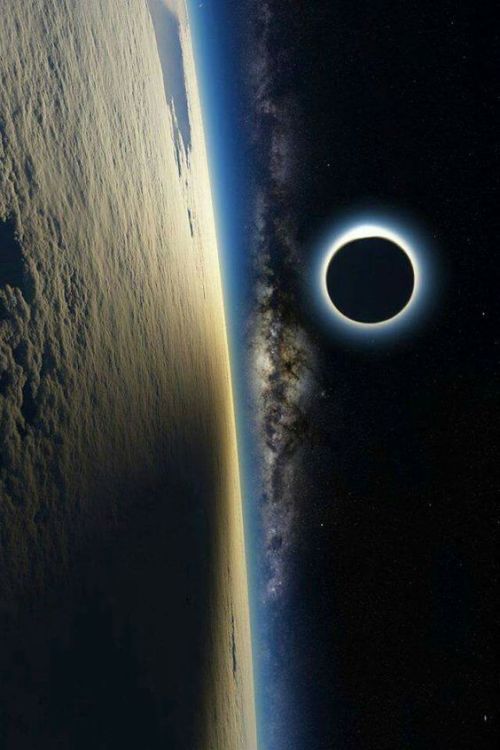



The galaxy is perfect

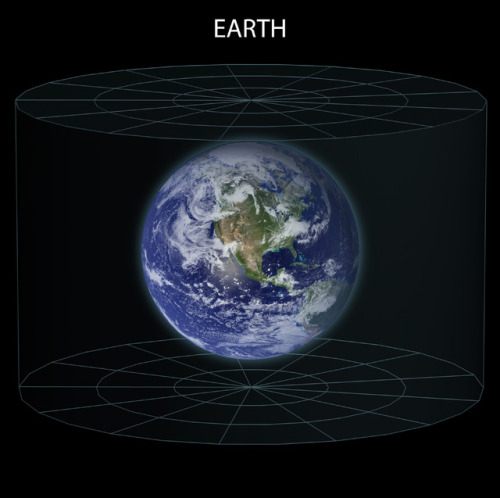
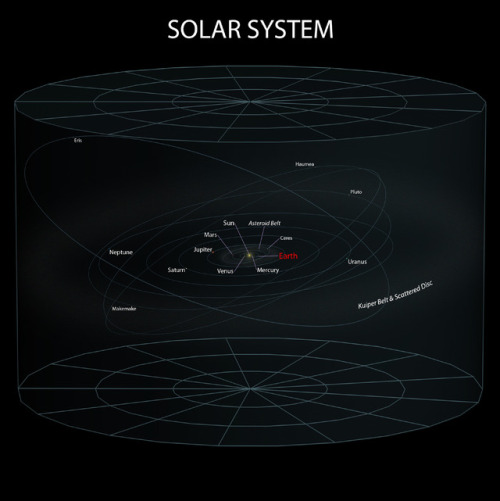
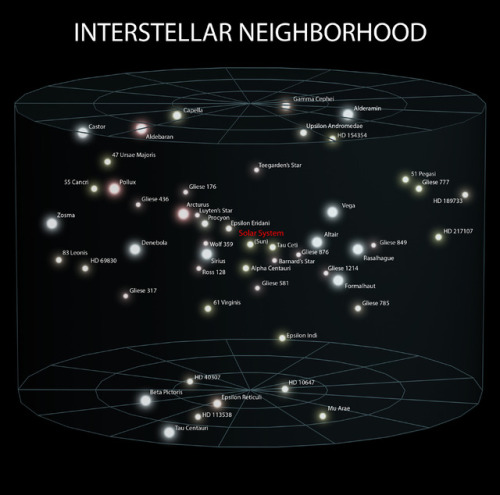

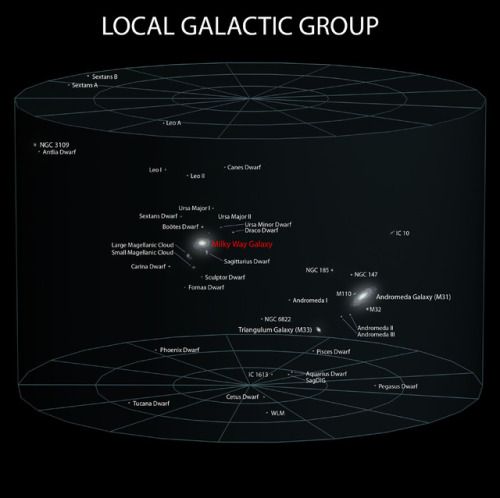
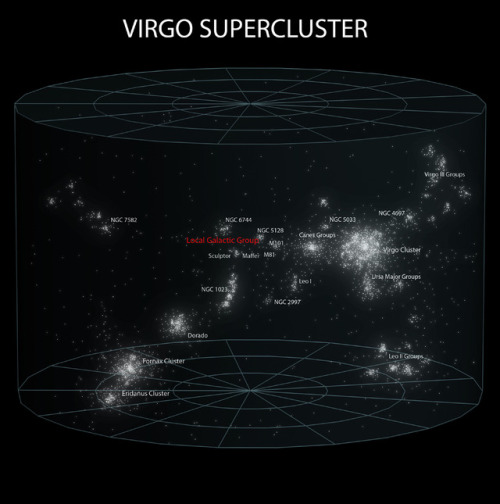
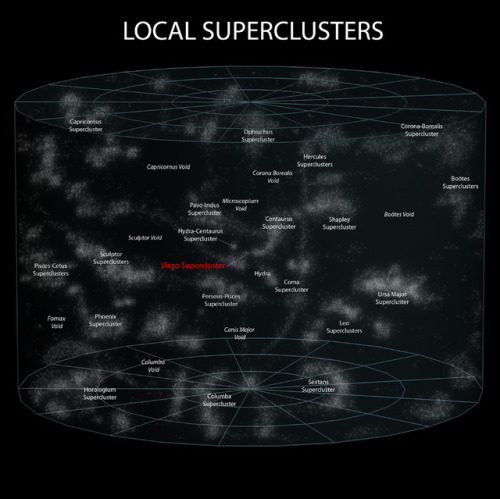
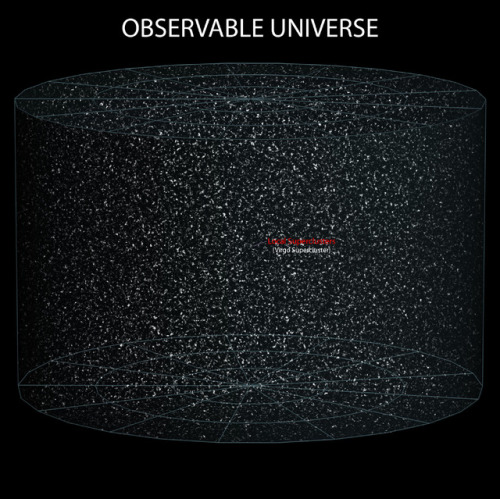
~ wikimedia commons
Throwback Thursday: Apollo 11 FAQ Edition

With the help of the NASA History Office, we’ve identified some of the most frequently asked questions surrounding the first time humans walked on the surface of another world. Read on and click here to check out our previous Apollo FAQs.
How many moon rocks did the Apollo crews bring back? What did we learn?

The six crews that landed on the Moon brought back 842 pounds (382 kilograms) of rocks, sand and dust from the lunar surface. Each time, they were transferred to Johnson Space Center’s Lunar Receiving Laboratory, a building that also housed the astronauts during their three weeks of quarantine. Today the building now houses other science divisions, but the lunar samples are preserved in the Lunar Sample Receiving Laboratory.
Built in 1979, the laboratory is the chief repository of the Apollo samples.

From these pieces of the Moon we learned that its chemical makeup is similar to that of Earth’s, with some differences. Studying the samples has yielded clues to the origins of the solar system. In March of 2019, we announced that three cases of pristine Moon samples will be unsealed for the first time in 50 years so that we can take advantage of the improved technology that exists today!
Did you know you might not have to travel far to see a piece of the Moon up close? Visit our Find a Moon Rock page to find out where you can visit a piece of the Moon.
What did Apollo astronauts eat on their way to the Moon?

Astronaut food has come a long way since the days of Project Mercury, our first human spaceflight program that ran from 1958-1963. Back then, astronauts “enjoyed” food in cube form or squeezed out of tubes. Early astronaut food menus were designed less for flavor and more for nutritional value, but that eventually shifted as technology evolved. Astronauts today can enjoy whole foods like apples, pizza and even tacos.
Apollo crews were the first to have hot water, making it easier to rehydrate their foods and improve its taste. They were also the first to use a “spoon bowl,” a plastic container that was somewhat like eating out of a Ziploc bag with a spoon. Here’s an example of a day’s menu for a voyage to the Moon:
Breakfast: bacon squares, strawberry cubes and an orange drink.
Lunch: beef and potatoes, applesauce and a brownie.
Dinner: salmon salad, chicken and rice, sugar cookie cubes and a pineapple grapefruit drink.
What did Michael Collins do while he orbited the Moon, alone in the Command Module?

As Neil Armstrong and Buzz Aldrin worked on the lunar surface, Command Module pilot Michael Collins orbited the Moon, alone, for the next 21.5 hours. On board he ran systems checks, made surface observations and communicated with Mission Control when there wasn’t a communications blackout. Blackouts happened every time Collins went behind the Moon. In 2009, Collins wrote this in response to a flurry of media questions about the 40th anniversary of the mission:
Q. Circling the lonely Moon by yourself, the loneliest person in the universe, weren’t you lonely? A. No. Far from feeling lonely or abandoned, I feel very much a part of what is taking place on the lunar surface. I know that I would be a liar or a fool if I said that I have the best of the three Apollo 11 seats, but I can say with truth and equanimity that I am perfectly satisfied with the one I have. This venture has been structured for three men, and I consider my third to be as necessary as either of the other two.”
What will Artemis astronauts bring back when they land on the Moon?

Artemis missions to the Moon will mark humanity’s first permanent presence on another world. The first woman and the next man to explore the lunar surface will land where nobody has ever attempted to land before – on the Moon’s south pole where there are billions of tons of water ice that can be used for oxygen and fuel. We don’t know yet what astronauts will bring back from this unexplored territory, but we do know that they will return with hope and inspiration for the next generation of explorers: the Artemis generation. Make sure to follow us on Tumblr for your regular dose of space: http://nasa.tumblr.com.
3 Ways To Eliminate eLearning Friction With Mobile Learning And Microlearning

“In a world that grows increasingly more mobile, it’s important to embrace mobile technology and microlearning to eliminate eLearning friction caused by distracted learners and a poor learning experience.”

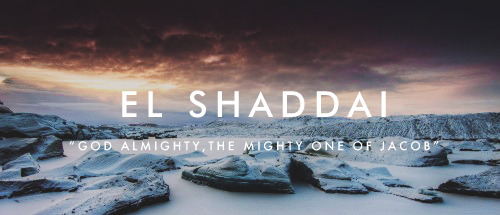








Recommended Resource: The Names of God by Ken Hemphill
Earth: Our Oasis in Space

Earth: It’s our oasis in space, the one place we know that harbors life. That makes it a weird place – so far, we haven’t found life anywhere else in the solar system…or beyond. We study our home planet and its delicate balance of water, atmosphere and comfortable temperatures from space, the air, the ocean and the ground.

To celebrate our home, we want to see what you love about our planet. Share a picture, or several, of Earth with #PictureEarth on social media. In return, we’ll share some of our best views of our home, like this one taken from a million miles away by the Earth Polychromatic Imaging Camera (yes, it’s EPIC).

From a DC-8 research plane flying just 1500 feet above Antarctic sea ice, we saw a massive iceberg newly calved off Pine Island Glacier. This is one in a series of large icebergs Pine Island has lost in the last few years – the glacier is one of the fastest melting in Antarctica.

It’s not just planes. We also saw the giant iceberg, known as B-46, from space. Landsat 8 tracked B-46’s progress after it broke off from Pine Island Glacier and began the journey northward, where it began to break apart and melt into the ocean.

Speaking of change, we’ve been launching Earth-observing satellites since 1958. In that time, we’ve seen some major changes. Cutting through soft, sandy soil on its journey to the Bay of Bengal, the Padma River in Bangladesh dances across the landscape in this time-lapse of 30 years’ worth of Landsat images.

Our space-based view of Earth helps us track other natural activities, too. With both a daytime and nighttime view, the Aqua satellite and the Suomi NPP satellite helped us see where wildfires were burning in California, while also tracking burn scars and smoke plumes..

Astronauts have an out-of-this-world view of Earth, literally. A camera mounted on the International Space Station captured this image of Hurricane Florence after it intensified to Category 4.

It’s not just missions studying Earth that capture views of our home planet. Parker Solar Probe turned back and looked at our home planet while en route to the Sun. Earth is the bright, round object.
Want to learn more about our home planet? Check out our third episode of NASA Science Live where we talked about Earth and what makes it so weird.
Make sure to follow us on Tumblr for your regular dose of space: http://nasa.tumblr.com


Gif by Satiricon










FOR SALE: Mobile &Web Illustration
-
 marci-redfield liked this · 1 month ago
marci-redfield liked this · 1 month ago -
 mkm4002 liked this · 1 month ago
mkm4002 liked this · 1 month ago -
 xsherryblossomx liked this · 1 year ago
xsherryblossomx liked this · 1 year ago -
 thevoidofvenus reblogged this · 1 year ago
thevoidofvenus reblogged this · 1 year ago -
 thevoidofvenus liked this · 1 year ago
thevoidofvenus liked this · 1 year ago -
 thechaosbitches liked this · 1 year ago
thechaosbitches liked this · 1 year ago -
 ilmioamoresworld reblogged this · 1 year ago
ilmioamoresworld reblogged this · 1 year ago -
 whenyouseeus liked this · 1 year ago
whenyouseeus liked this · 1 year ago -
 uniquecookieartisanwobbler liked this · 1 year ago
uniquecookieartisanwobbler liked this · 1 year ago -
 ilmioamorebaciami reblogged this · 2 years ago
ilmioamorebaciami reblogged this · 2 years ago -
 eldritchhousekeeper reblogged this · 2 years ago
eldritchhousekeeper reblogged this · 2 years ago -
 dragg-aon liked this · 2 years ago
dragg-aon liked this · 2 years ago -
 cr00km3ntal liked this · 2 years ago
cr00km3ntal liked this · 2 years ago -
 nightvale-in-the-tardis liked this · 2 years ago
nightvale-in-the-tardis liked this · 2 years ago -
 psychotherium reblogged this · 2 years ago
psychotherium reblogged this · 2 years ago -
 deliciousglazeddonuts liked this · 2 years ago
deliciousglazeddonuts liked this · 2 years ago -
 blame-my-imaginary-friend reblogged this · 2 years ago
blame-my-imaginary-friend reblogged this · 2 years ago -
 blame-my-imaginary-friend liked this · 2 years ago
blame-my-imaginary-friend liked this · 2 years ago -
 defness liked this · 2 years ago
defness liked this · 2 years ago -
 terrenis liked this · 2 years ago
terrenis liked this · 2 years ago -
 predawnite liked this · 3 years ago
predawnite liked this · 3 years ago -
 cicisabre liked this · 3 years ago
cicisabre liked this · 3 years ago -
 harpsicalbiobug reblogged this · 3 years ago
harpsicalbiobug reblogged this · 3 years ago -
 harpsicalbiobug liked this · 3 years ago
harpsicalbiobug liked this · 3 years ago -
 wolfychan liked this · 3 years ago
wolfychan liked this · 3 years ago -
 amiral3 liked this · 3 years ago
amiral3 liked this · 3 years ago -
 quietghst liked this · 4 years ago
quietghst liked this · 4 years ago -
 misbluesy liked this · 4 years ago
misbluesy liked this · 4 years ago -
 nlockett reblogged this · 4 years ago
nlockett reblogged this · 4 years ago -
 nlockett liked this · 4 years ago
nlockett liked this · 4 years ago -
 bunnywitch2020 reblogged this · 4 years ago
bunnywitch2020 reblogged this · 4 years ago -
 bunnywitch2020 reblogged this · 4 years ago
bunnywitch2020 reblogged this · 4 years ago -
 yarababyyyblog liked this · 4 years ago
yarababyyyblog liked this · 4 years ago -
 lavenderrosex liked this · 4 years ago
lavenderrosex liked this · 4 years ago -
 non-binarypal7 liked this · 4 years ago
non-binarypal7 liked this · 4 years ago -
 cosmic-magic-knight liked this · 4 years ago
cosmic-magic-knight liked this · 4 years ago -
 grotesque-e liked this · 4 years ago
grotesque-e liked this · 4 years ago -
 sociallyawkwardbirb liked this · 4 years ago
sociallyawkwardbirb liked this · 4 years ago -
 star-comet-witches reblogged this · 4 years ago
star-comet-witches reblogged this · 4 years ago -
 luna-5 liked this · 4 years ago
luna-5 liked this · 4 years ago